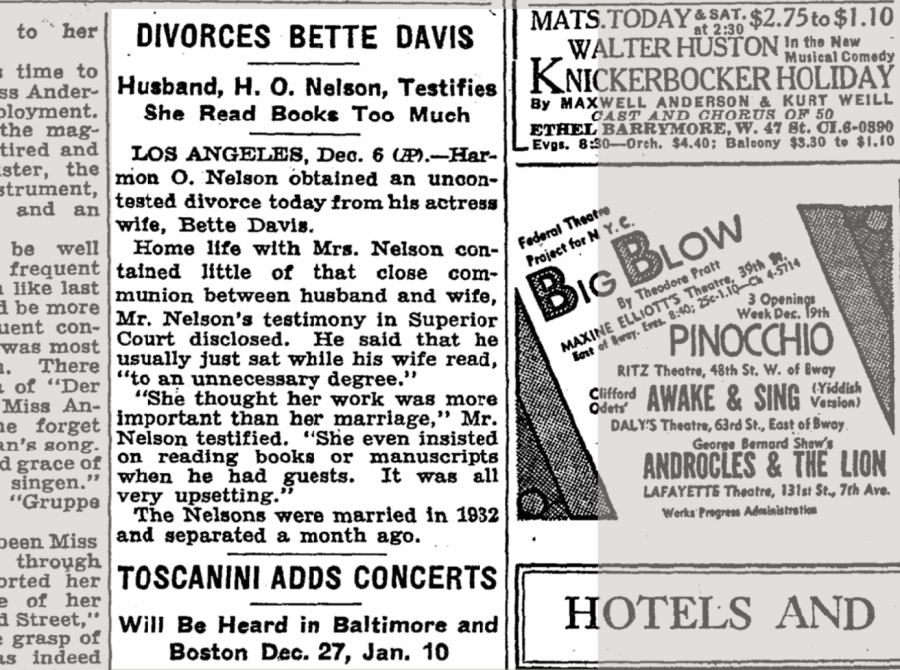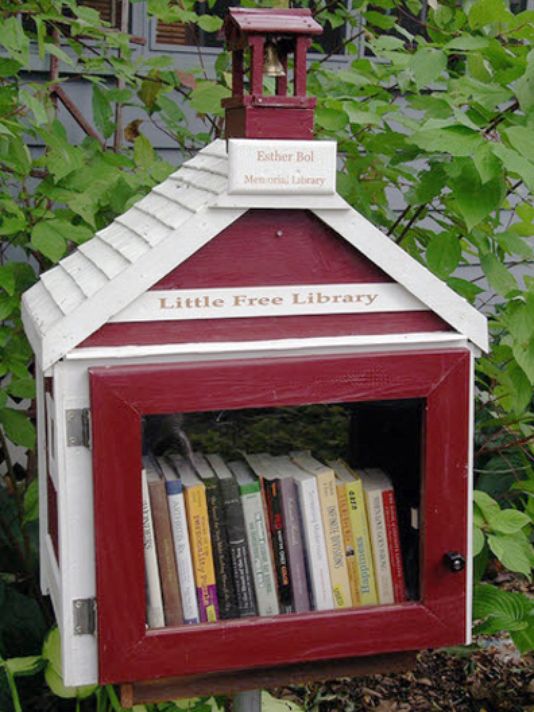The Bitch is Back…or is he?
Yes, Elton John is spending the next couple of years bidding adieu to fans on his Goodbye Yellow Brick Road world tour.
And yes, there’s a soon-to-be released biopic, Rocketman.
On the other hand, there’s the ridiculously pneumatic two-minute television commercial above, upscale department store John Lewis’s attempt to best rivals Sainsbury’s and Marks & Spencer in the unofficial British holiday advert bowl.
These annual productions are as hotly anticipated as Superbowl ads, but this year’s entry, in which viewers travel backwards in time nearly 70 years to the three-year-old Elton (née Reginald Dwight) receiving a (SPOILER!) piano from his granny, has proved a bit of a misfire.
Viewers are flocking to social media to lambast the ad for inadvertently suggesting that Elton John is the reason for the season. (Popular subjects from Christmases past include Paddington Bear, penguins, and boxer dogs.)
There’s also a bit of cynicism surrounding the fact that John Lewis hustled to add digital keyboards to its inventory prior to the release of “The Boy And The Piano”…
And then there’s the rumor that Sir Elton took home £5 million for his participation in the four day shoot.
Several of the star’s most outré looks have been faithfully recreated, but, Christmas aside, it’s hard not to feel that this portrait is rather too sanitized. You won’t find any friends rolling ‘round the basement floor here. His dad, an RAF officer with whom he had a thorny relationship is similarly stricken from the record. There’s nary a whisper of drugs or diva-esque behavior.
As columnist Stuart Heritage notes in The Guardian before offering a hilarious alliterative script in which Sir Elton screams profanities, flings vases, and badmouths Madonna:
Elton John isn’t a great pop star because he sings songs about little dancers, crocodiles that rock, and being able to stand up. No, Elton John is a great pop star because he is knotty and complicated and, well, a bit of a dick sometimes.
A number of spoofs have already cropped up, and naturally there’s a Making Of, below—also set to “Your Song”—wherein the young actors who embodied Sir Elton at various stages of his life and career, sometimes with the help of prosthetics, hold forth.
Also… while we don’t dismiss out of hand the possibility that sentimental attachment could have caused Sir Elton to hold on to his childhood piano, we’ll eat our platform boots if that’s what constitutes his Christmas tree.
Related Content:
Elton John Sings His Classic Hit ‘Your Song’ Through the Years
Enjoy a Bluegrass Performance of Elton John’s 1972 Hit, “Rocket Man”
Sell & Spin: The History of Advertising, Narrated by Dick Cavett (1999)
Ayun Halliday is an author, illustrator, theater maker and Chief Primatologist of the East Village Inky zine. Join her in NYC this December for the 10th anniversary production of Greg Kotis’ apocalyptic holiday tale, The Truth About Santa, and the next monthly installment of her book-based variety show, Necromancers of the Public Domain. Follow her @AyunHalliday.





